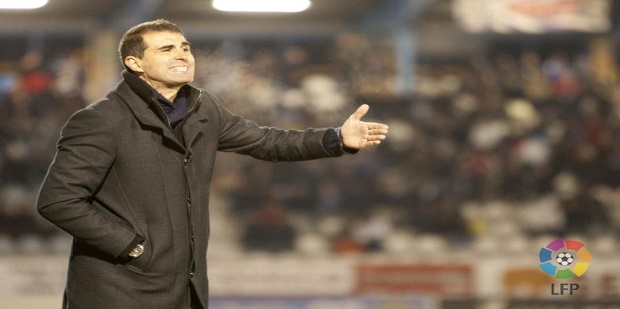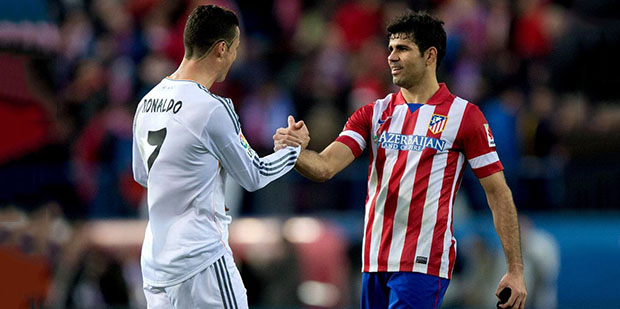- S.D. Eibar ready for maiden La Liga outing
- SD Eibar stengthen ahead of debut La Liga season
- Can ‘Super Mario’ live up to expectations in Madrid?
- MAN IN THE GROUND – Brentford 0 – 4 Osasuna
- Historic Basque derby welcomes S.D. Eibar to La Liga
- Munich to Madrid, via Brazil – Tony Kroos
- Rakitic in Spanish Switch
- Can Spain find redemption in Rio?
- Viva Espana! A season of redemption for Spanish football
- From the old to the new: who can fill the void in years to come for La Roja?
THE YELLOW SUBMARINE MOTORS ON – Villarreal and their vision
- Updated: 27 July, 2011
By Jamie Halden
The recent accomplishments of a modest Villarreal side lacking any major funding, proves that clear planning and solid strategy can sometimes be just as effective as getting the chequebook out in the quest to challenge La Liga’s elite clubs.
From Rossi to Forlan and of course Robert Pires, Villareal have always sought players who have talent and have either been discarded or are ‘out of their prime’.
Many clubs would have turned their noses up to Forlan and Pires but not Alfonso or Pellegrini who managed to get the best out of both players – especially Diego Forlan who had endured a torrid time at Manchester United.
It’s those buys in the past that stopped Villareal continuing their earlier trend of being a ‘yo-yo’ club and the foundations upon which the club has been built.
Looking through the current squad you will see many nationalities, from Africa to South America the club isn’t scared to cast it’s scouting net out far and wide so long as the vision is long term, and normally entails players with re-sale value.
Villarreal’s strategy in the short-term was to take advantage of this trend but in the long-term, seek to bring in players from the youth set-up. In Pellegrini, the club found the ideal man to find the perfect mix.
Midfield stalwart Marcos Senna once said of the Chilean: “The manager was a winner in South America and he arrived with the mentality to achieve here what he achieved there.”
When Pellegrini arrived, the club already had a number of good players in Sorin, Senna and Riquelme but the challenge was how to mix this aesthetically pleasing side, to one that could also cope with the power and pace of other European sides.
Indeed this is the same conundrum that has befallen many South American coaches.
While the continent produces such players as Sergio Aguero and Robinho whose national identity is obvious on the pitch, striking the balance between their flair and guile with European dynamism has not been as easiest to implement.
The most recent South American World Cup qualifying games were played out not to dissimilar to much of those in Europe, while domestic games at times can be compared to those between middle-lower Premier League sides.
To many this represents a cultural change and therefore you may forgive one Brazilian great for describing such games as the ‘synonym of slowness’.
The denying of space by constant pressuring, used by Holland to great effect in 1974, especially to that of the playmaker so widely deployed by many South American nations, has seen a shift in thinking to counter act this type of strategy.
“The strategy is to get the ball forward quickly and win a set piece,” says Tostao, “The problem is not just the lack of individual talent, it’s also the lack of understanding of what it is to play good football”.
The idea of Pellegrini was simple, build a midfield around Senna/Riquelme and a strikeforce around Forlan. It worked brilliantly.
Along with the emergence of players such as Diego Lopez and Santi Cazorla, it was Pellegrini days that solidified Villareal C.F as a force in La Liga and, to this day it has been continued.
The side reached the semi-finals of the Europa League last year, continuing the trend of being ‘so close’ for the Submariners in European competition.
The height of Pellegrini’s reign was probably the 2006 UEFA Champions League semi-final, an accomplishment unthinklable for the small Castellon town a few years go.
Pellegrini may now be gone but his vision still lives on at the club and Villarreal are hoping Juan Garrido can deliver similar success next season, with a new breed of rough diamonds such as Bruno,Valero and Mussachio.
The strategy has had a few misses along route, like the purchase of Jozy Altidore but Villareal should serve as a perfect example of what can be achieved in La Liga, with a small budget and a clear vision.
Follow @icentrocampista







3 Comments
You must be logged in to post a comment Login